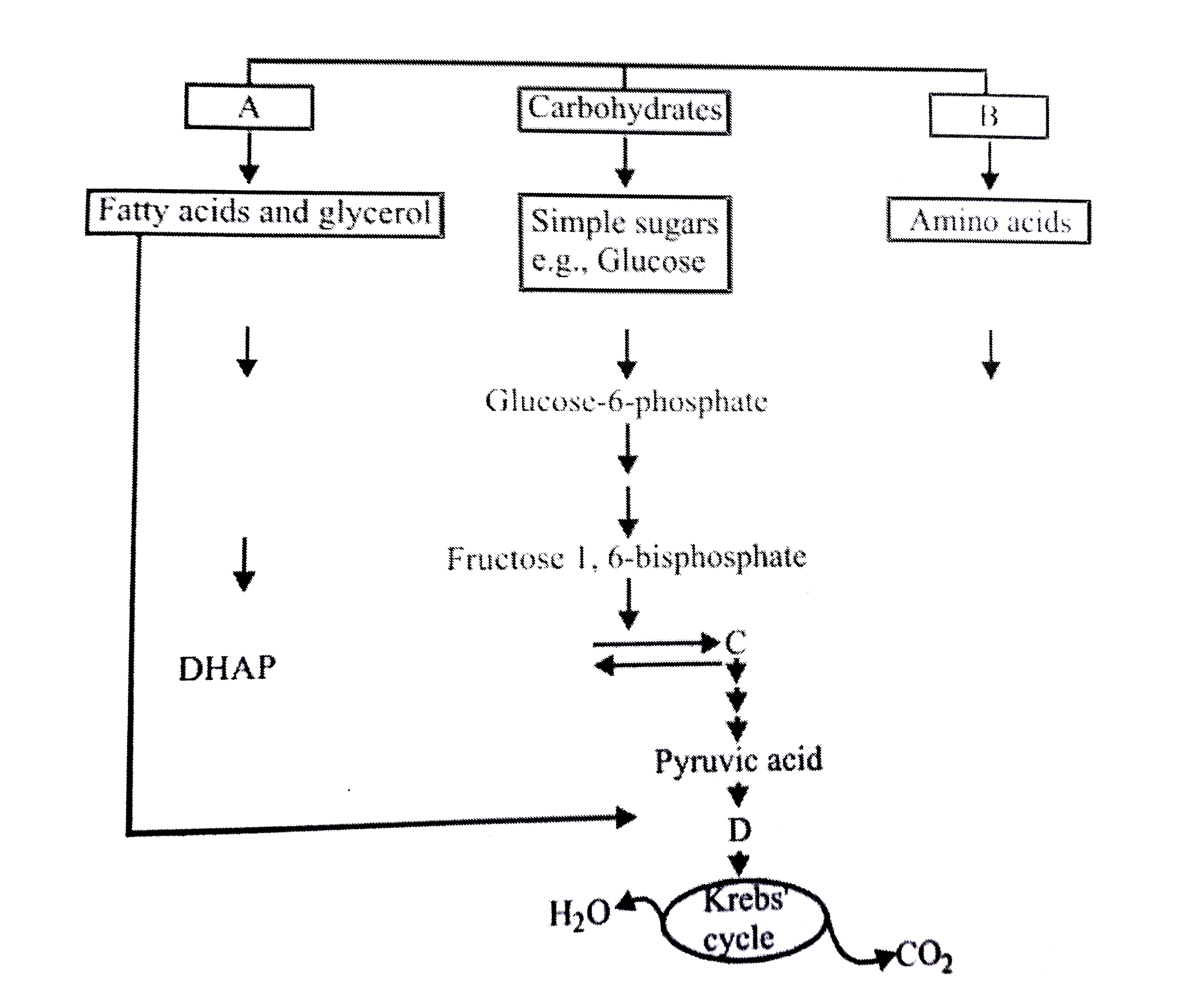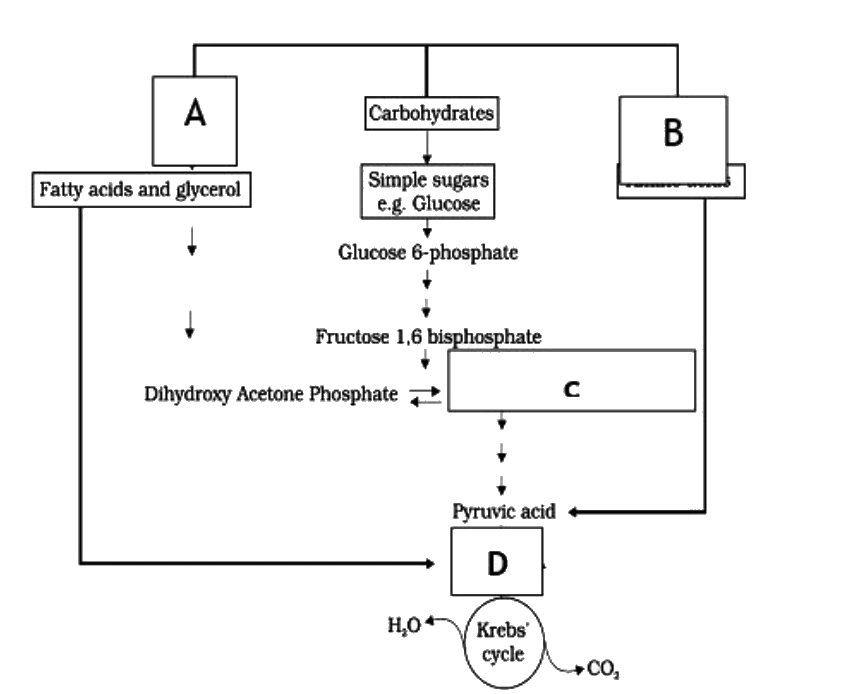Rhizome can be differentiated from root in the presence of (a)Lateral bud (b)Root cap (c) Nodes (d) Endogenous branching mark the correct option
(c) only
(a) & (c)
(b) & (c)
(a), (C) & (d)
To determine how rhizomes can be differentiated from roots, we need to analyze the characteristics of both structures.
1. Understanding Rhizomes and Roots:
- Rhizomes are modified stems that serve as storage organs for nutrients. They grow horizontally underground and can produce new shoots and roots.
- Roots, on the other hand, are primarily responsible for absorbing water and minerals from the soil.
2. Analyzing the Options:
- (a) Lateral Bud:
- Lateral buds are present in rhizomes. They can give rise to new shoots and roots, which is a characteristic of stems, not roots.
- (b) Root Cap:
- The root cap is a structure found at the tip of roots that protects the root as it grows through the soil. This is not present in rhizomes.
- (c) Nodes:
- Nodes are present in rhizomes. They are points on the stem where leaves or branches can emerge. Roots do not have nodes.
- (d) Endogenous Branching:
- Endogenous branching is a characteristic of stems, and while rhizomes exhibit this to some extent, it is not a distinguishing feature from roots since roots do not exhibit this type of branching.
3. Identifying the Correct Options:
- From the analysis:
- Lateral Bud (a) is found in rhizomes.
- Root Cap (b) is not found in rhizomes.
- Nodes (c) are found in rhizomes.
- Endogenous Branching (d) is not a distinguishing feature.
- Therefore, the correct options that differentiate rhizomes from roots are (a) Lateral Bud and (c) Nodes.
Conclusion:
The correct options are (a) Lateral Bud and (c) Nodes.
- Rhizomes are modified stems that serve as storage organs for nutrients. They grow horizontally underground and can produce new shoots and roots.
- Roots, on the other hand, are primarily responsible for absorbing water and minerals from the soil.
- (a) Lateral Bud:
- Lateral buds are present in rhizomes. They can give rise to new shoots and roots, which is a characteristic of stems, not roots.
- (b) Root Cap:
- The root cap is a structure found at the tip of roots that protects the root as it grows through the soil. This is not present in rhizomes.
- (c) Nodes:
- Nodes are present in rhizomes. They are points on the stem where leaves or branches can emerge. Roots do not have nodes.
- (d) Endogenous Branching:
- Endogenous branching is a characteristic of stems, and while rhizomes exhibit this to some extent, it is not a distinguishing feature from roots since roots do not exhibit this type of branching.
- From the analysis:
- Lateral Bud (a) is found in rhizomes.
- Root Cap (b) is not found in rhizomes.
- Nodes (c) are found in rhizomes.
- Endogenous Branching (d) is not a distinguishing feature.
- Therefore, the correct options that differentiate rhizomes from roots are (a) Lateral Bud and (c) Nodes.
The correct options are (a) Lateral Bud and (c) Nodes.
Topper's Solved these Questions
Similar Questions
Knowledge Check
Rihzomes can be differentiated from roots in
AHaving scale leaves with axillary budsBBeing thinnerCBeing thickerDBeing darkerGinger is a stem which can be differentiated from root because it
AGrows parallel to groundBStores foodCLacks chlorophyllDHas nodes and internodesGinger is a stem which can be differentiated from root because it
AGrows parallel to groundBStores foodCContains chlorophyllDHas nodes and internodes
In tissue culture, differentiation of root and shoot can be controlled by
View SolutionSelect the correct option for A, B, C and D.

View SolutionAssertion : Roots contain nodes but no leaves or buds
Reason : Root branches arise endogenously.
View SolutionInterfascicular cambium is
A. Functionally secondary meristem but ontogenetically primary meristem.
B. Differentiated medullary cells.
C. Dedifferentiated cells adjoining to intrafascicular cambium.
D. Lateral meristem formed in steler region.
Find out the correct option.
View SolutionThe cells positioned away from the root apical meristems differentiate as
View Solution
